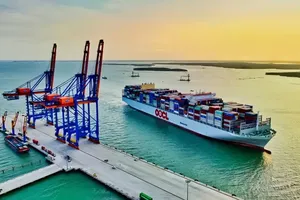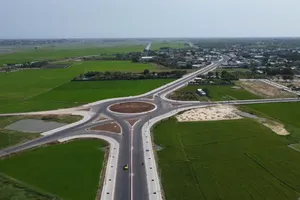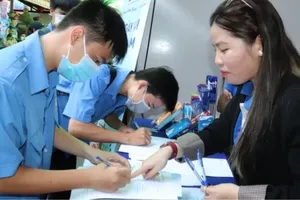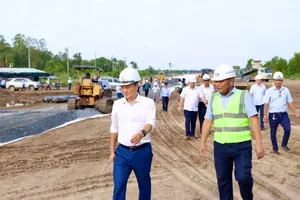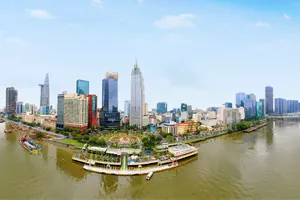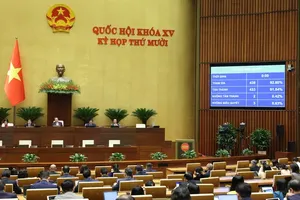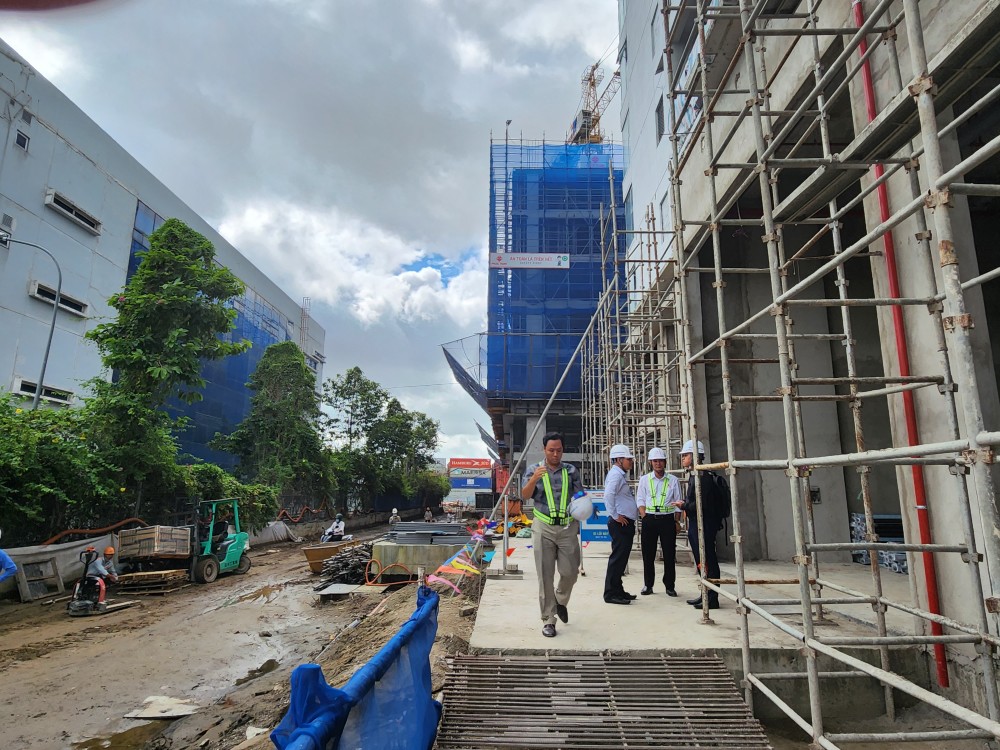
According to many experts, this is a good opportunity for the city to promote the construction of social housing in a fundamental way.
Over the past decade, the southern largest city has made many efforts to develop many types of housing including social housing, resettlement housing, and low-cost commercial housing to satisfy various housing needs of city dwellers.
For instance, the government spent more than VND1 trillion on building the Vinh Loc B resettlement area in Binh Chanh outlying district; however, just a few people have moved to live in the resettlement area for more than 10 years because of incomplete social infrastructure, especially technical infrastructure. Moreover, many people who cannot find jobs in the area also do not want to come to live.
Similarly, very few people have come to live in the Binh Khanh resettlement area of Thu Duc City on more than 38 hectares of land for many years because the cost of living in this area is quite expensive so it is unattractive for low-income earners.
Nevertheless, many people have been seeking an apartment in resettlement areas, housing areas for low-income people, and social housing located in districts 12, Tan Binh, Binh Tan, such as Zen Tower apartment building, HOF - HQC Ho Hoc Lam apartment buildings. Buyers explained that around these housing areas, there are many amenities such as markets, schools, and hospitals plus many production and business establishments where people apply for a job.
It’s worth mentioning that house prices and support policies from the State are also extremely important factors in the decisions of low-income home buyers and social housing. Ms. Thu Huong in District 12’s Thoi An Ward said that thanks to the State's credit package of VND30 trillion for buyers of low-cost commercial housing with a 15-year installment and a yearly interest of around 6 percent, she was able to buy a 54 square meter apartment worth nearly VND1 billion in 2014.
Like Ms. Thu Huong, many people were able to buy apartments in districts 12, Tan Binh, Binh Tan, and Tan Phu thanks to banks’ low-interest loans.
The Northwest Urban Area is an important traffic gateway connecting the Southeast and the Mekong Delta provinces with Cambodia by road. This is also an area with high terrain, good geology, and especially a very large land fund.
The remaining three districts in the city are Binh Chanh, Nha Be, and Can Gio which currently have a faster urbanization rate than the two districts of Cu Chi and Hoc Mon because Ho Chi Minh City has lately determined that urban area development towards the South is one of the two main directions of the city.
However, with the increasingly negative impacts of climate change and rising sea levels, the southern part of HCMC is increasingly facing a high risk of flooding in urban development. This will also have a negative impact on the flooding of the city’s downtown because its terrain gradually lowers to the South and the South is the main drainage direction of the city.
Therefore, former Director Hoang Minh Tri of the Ho Chi Minh City Urban Planning Institute proposed that all factors should be carefully considered to make the best decision in developing social housing and housing for low-income people. He proposed for compressed urban development in the South and development of urban areas with complete technical and social infrastructure in the Northwest for the majority of metropolitan inhabitants.
According to Mr. Hoang Minh Tri, the advantage of the Northwest region is that it has been identified as a satellite urban area according to the Ho Chi Minh City construction master plan approved by the Prime Minister in 2010. The city's administrations are now adjusting the plan with a complete social and technical infrastructure system. In particular, the traffic connection in this area in the future has been clearly shaped. In the planned urban railway network of Ho Chi Minh City, the metro line No. 2 is the longest line with a total length of 48km.
Currently, the metro line No. 2 construction project is being divided into three phases. After completing all three phases, it will extend from Ben Thanh Market in District 1 to Tay Bac Urban Area in Hoc Mon and Cu Chi districts. In its route, 10 areas have also been identified for urban designs.
In addition, Ho Chi Minh City Ring Road 3 project passing through Hoc Mon and Cu Chi districts will also make an important contribution to solving the lack of connection roads for the area.
Furthermore, in 2025, it is expected that Ho Chi Minh City and Tay Ninh Province will start construction on the Ho Chi Minh City - Moc Bai expressway project, connecting with the expressway of Cambodia.
With the same opinion, urban expert architect Ngo Viet Nam Son said that urban development in the southern area of the city including District 7, Nha Be district and Can Gio district has very high construction costs because this is a lowland area that is often affected by rising sea levels and climate change. Therefore, the main urban development should be chosen in the Northwest with high ground and solid foundation which will be suitable for the construction of high-rise, low-cost housing for workers; thus, construction costs will be low.
According to Ho Chi Minh City’s planning, it is expected that about 6.58 million square meters of social housing will be developed, equivalent to about 93,000 houses by 2030. From 2021 to 2025, the city will develop 2.5 million square meters of floor space or about 35,000 affordable houses.
The Department of Construction of Ho Chi Minh City has been classifying 88 land plots and projects for the building of social housing and worker accommodation. Based on the department’s classification, the People's Committee of Ho Chi Minh City can direct departments and agencies to implement and solve each problem so that it can guide investors in the completion of investment documents and procedures according to regulations, or work with related departments and agencies to resolve problems related to investment procedures.
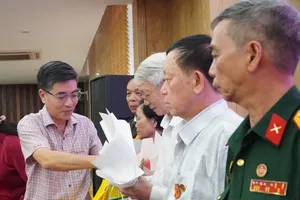

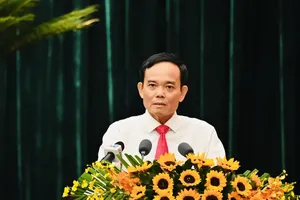
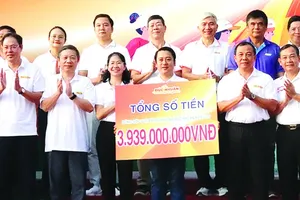

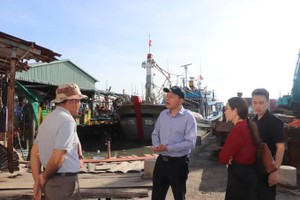
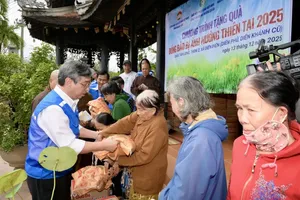

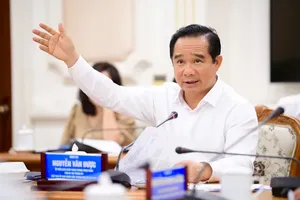
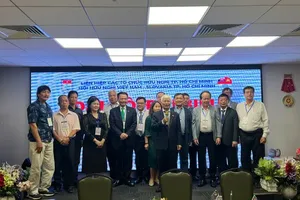
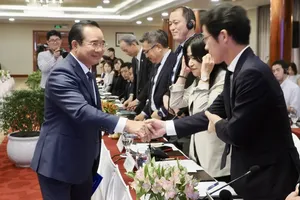
)
